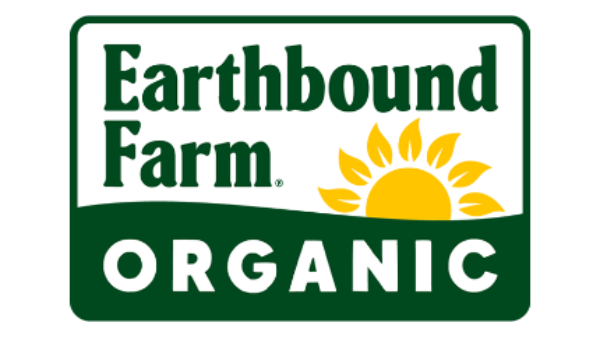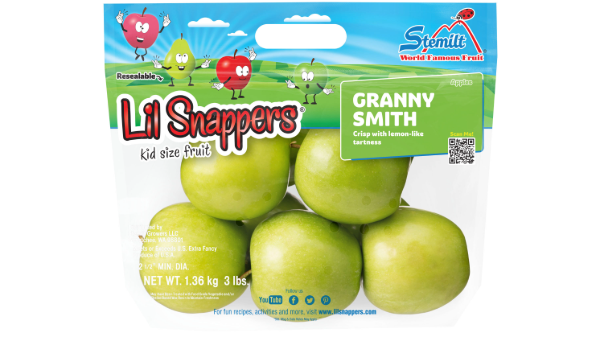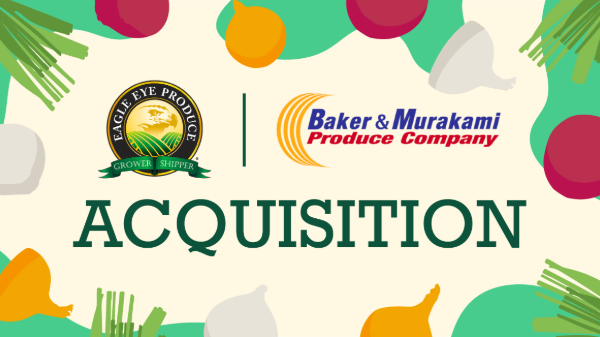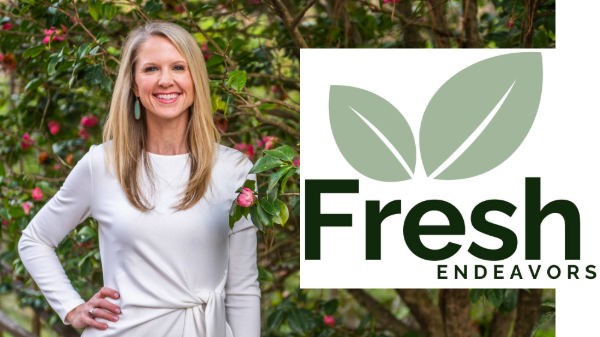Welcome to Blue Book!
Are you ready to join the thousands of companies who rely on Blue Book to drive smarter decisions? View our plans and get started today!
Still have questions? We’d love to show you what Blue Book can do for you. Drop us a line– we’ve been waiting for you.
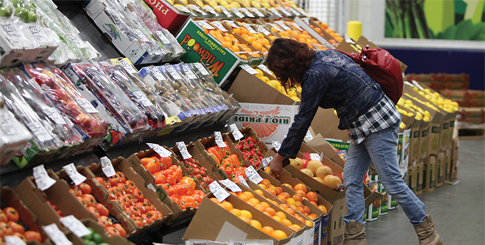
What’s trending at the Philadelphia Wholesale Produce Market? Merchants have plenty to say about which commodities are moving and why, sharing their thoughts on sourcing and selling fresh produce. This year marks the five-year anniversary of the Essington Avenue location, which remains the newest U.S. market in terms of redesign and technology. Read on and learn more as wholesalers assess the past year’s business, providing a clear picture of the industry in the City of Brotherly Love.
Top Commodity Draws
At the Philadelphia Wholesale Produce Market (PWPM), trends come and go, but some have better staying power. A few merchants touted the strength of tropical sales, others talked about leafy greens, while both organics and greenhouse vegetables were hot topics as well.
Vegetables under glass
John Vena, Inc., which has been selling greenhouse produce for about 30 years, continues to see expansion in these protected agriculture offerings. “We’re constantly looking at what’s available and trying to put the right products in the right packages to help consumers try new varieties,” says Dan Vena, in sales.
“Greenhouse produce is a commodity on its own,” Vena continues. “The growers are constantly refining their operations to produce better looking and tasting tomatoes, cucumbers, peppers, and other varieties. We source from Canada, Holland, and Mexico, and with the Mexico growers, every year we see more glass and better product.”
Vena, who started importing greenhouse tomatoes from Israel in 1985, says the market is huge and growing. Not only is more glass going up in Canada and Mexico, but also in the Southwestern United States and in areas like Ohio.
In addition, urban greenhouses are on the rise. “Urban greenhouse production has the advantage of being closer to customers,” Vena explains, “and even though they’re smaller houses, they’re producing enough to satisfy both foodservice and retail.” Vena says the urban model typically sells and ships directly to its customers: chefs, foodservice distributors, and retailers.
Product quality and consistency are driving demand for many greenhouse items, with the top barrier of increased output is build costs. In addition to glass for the structure itself, operators need rather sophisticated equipment including computer-controlled irrigation, fertilization, and environmental monitoring.
“I think you’ll only see an increase in greenhouse production,” Vena asserts. “You can grow in a controlled environment and, in many cases, be a lot closer to your end user which lowers transport and other costs.”
Taste of the homeland
In addition to greenhouse staples, Vena is seeing growth in ethnic varieties such as jackfruit, and watching more and more Asian, Hispanic, and Indian varieties move into the mainstream. “Consumers are both looking to try new items and wanting to eat healthier,” he observes. “I think we can thank the news and the Food Network for some of that.”



